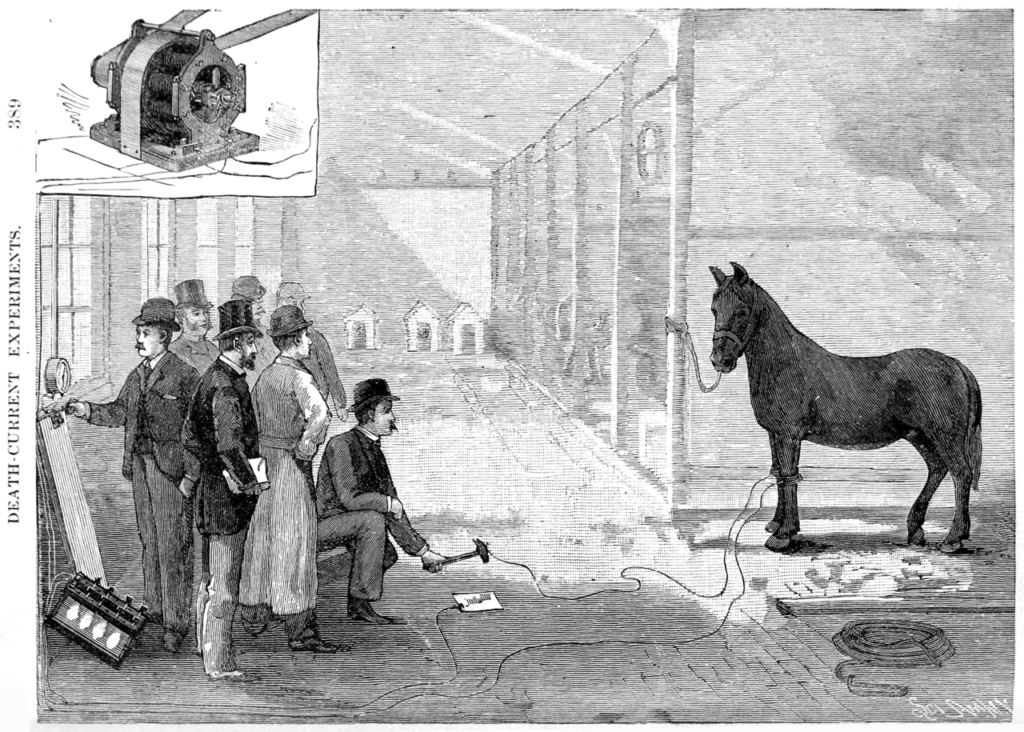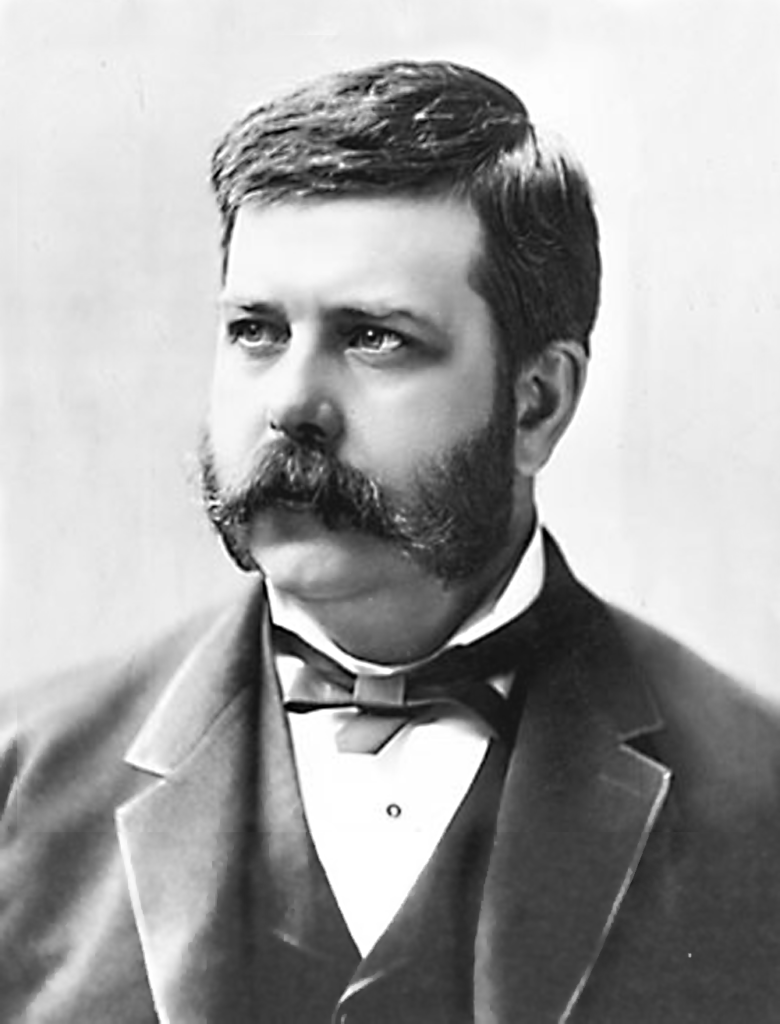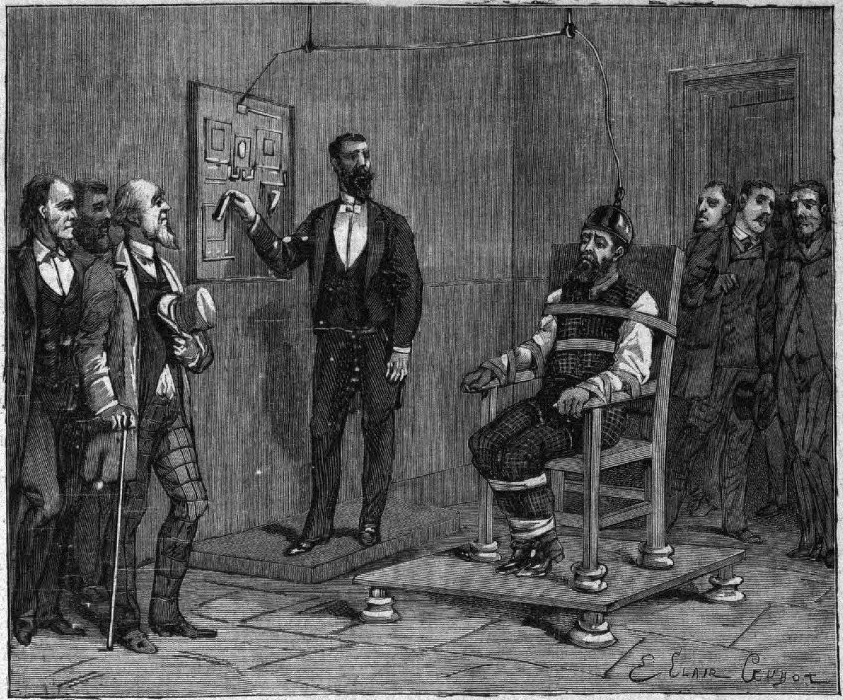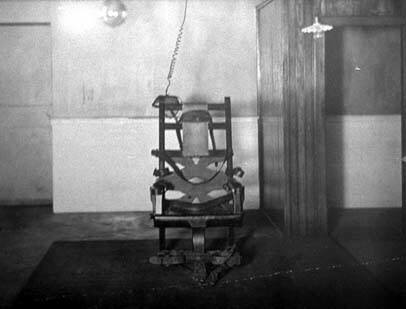
William Kemmler’s life began in hardship and ended in infamy. Born in 1860 in Philadelphia, Pennsylvania, to German immigrant parents, his early years were far from idyllic. Both his mother and father struggled with alcoholism, setting the stage for a life shaped by instability.
By the time he was 10, Kemmler had dropped out of school. Unable to read or write, he began working in his father’s butcher shop to contribute to the family. However, tragedy soon struck. His father died after a drunken fight caused a fatal infection, and his mother succumbed to the effects of her drinking soon after.

Kemmler tried to make a life for himself after their deaths. He entered the peddling business, saving enough to buy a horse and cart — a significant achievement for a man of his circumstances. But like his parents, Kemmler turned to alcohol, and soon, drinking became a central part of his life.
Known as “Philadelphia Billy” among his friends, Kemmler’s drunken escapades became notorious. In one ill-fated stunt, he claimed he could make his horse and cart jump an eight-foot fence. The attempt failed spectacularly, leaving his cart and goods destroyed. It was a glimpse of the recklessness that would define his life.

On March 29, 1889, Kemmler’s spiraling life reached its breaking point. While recovering from a drinking binge, he got into a heated argument with his common-law wife, Matilda “Tillie” Ziegler. He accused her of stealing from him and planning to run away with a friend.
As the argument escalated, Kemmler left the house and went to the barn. Calmly, he grabbed a hatchet and returned. Without hesitation, he struck Tillie repeatedly, killing her. Then, in a bizarre show of composure, he walked to a neighbor’s house and announced he had just murdered her.
Kemmler’s trial was swift and decisive. On May 10, 1889, he was convicted of first-degree murder. Just three days later, he was sentenced to death. But his execution would be far from ordinary — it would make him the first person in history to die by electric chair.
New York had recently adopted electrocution as a replacement for hanging, claiming it was more humane. A chair designed by Buffalo dentist Alfred Southwick awaited Kemmler at Auburn Prison. The execution, however, became a focal point of fierce controversy.
The electric chair’s use thrust Kemmler into the middle of the “war of the currents” between Thomas Edison and George Westinghouse. Edison, who promoted direct current (DC), pushed for alternating current (AC) to power the chair, hoping to associate his competitor’s technology with death. Westinghouse, furious, fought back.

Westinghouse supported an appeal for Kemmler, arguing that electrocution was cruel and unusual punishment. A lawyer even claimed the chair violated the Eighth Amendment. But the courts ruled against Kemmler, and the U.S. Supreme Court refused to intervene, sealing his fate.
On August 6, 1890, Kemmler woke at 5:00 a.m. to face his execution. He dressed in a suit, necktie, and white shirt. After breakfast and prayer, the top of his head was shaved to prepare for the electric current. He was remarkably calm.

At 6:38 a.m., Kemmler entered the execution chamber where 17 witnesses waited. He looked at the chair and addressed the room. “Gentlemen, I wish you all good luck,” he said. “I believe I am going to a good place, and I am ready to go.”
Kemmler sat in the chair without resistance, but the process was fraught with errors. The first shock, 1,000 volts, lasted for 17 seconds and was supposed to kill him instantly. When the power was turned off, a doctor declared him dead.
But Kemmler wasn’t dead. Witnesses saw him still breathing, and panic filled the room. Dr. Edward Charles Spitzka reportedly yelled, “Have the current turned on again, quick — no delay!” The generator was recharged for a second attempt.
This time, 2,000 volts surged through Kemmler’s body. The results were horrific. Blood vessels ruptured under his skin, and smoke filled the room as his flesh began to burn. The stench of singed hair and flesh overwhelmed the witnesses, leaving some nauseated.
The execution, which should have been quick, dragged on for eight agonizing minutes. Reporters covering the event seized on its gruesome details. The New York Times declared it “Far Worse Than Hanging,” a damning verdict on the supposed humanity of electrocution.

Even George Westinghouse had harsh words for the spectacle. “They would have done better using an axe,” he remarked. Kemmler’s body was quietly buried on the grounds of Auburn Prison, but his execution left a lasting impression on the public.
Kemmler’s story didn’t end with his death. In 1953, the horror film House of Wax featured a wax figure of him seated in an electric chair. Amusingly, the figure’s face was said to resemble co-star Charles Bronson rather than Kemmler himself.
In 2017, Kemmler’s legacy resurfaced in The Current War, a dramatization of the battle between Edison and Westinghouse. Actor Conor MacNeill briefly portrayed Kemmler, highlighting his role in the dark history of electricity’s use.

William Kemmler’s life was a tragic cycle of poverty, addiction, and violence. His death, meant to showcase modernity and progress, became a gruesome reminder of the cost of innovation. Over a century later, his story continues to haunt the intersection of technology and justice.





